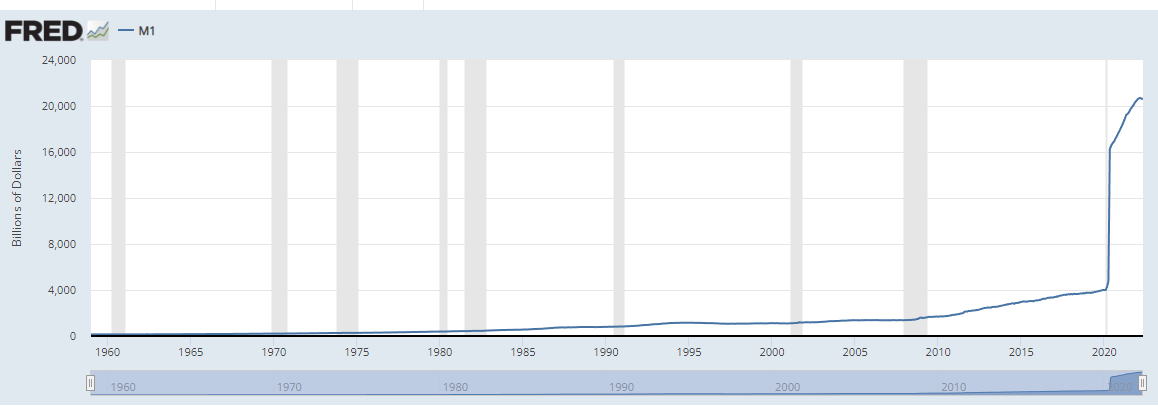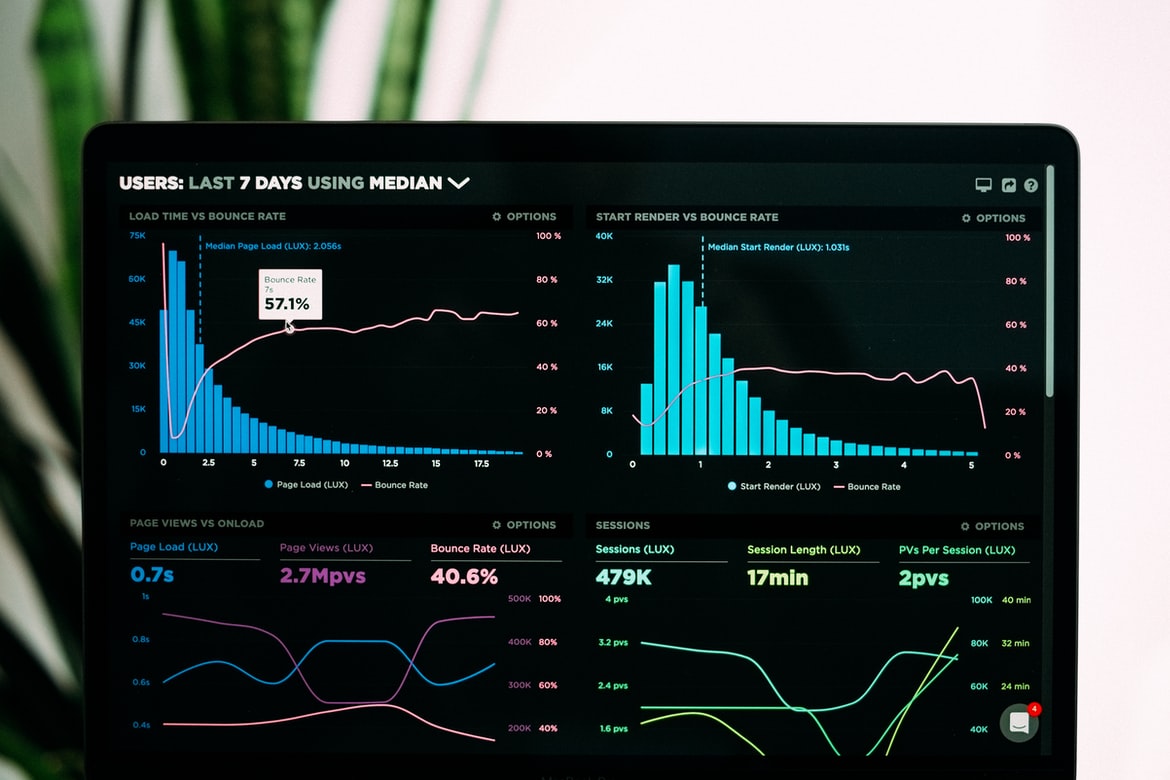2) Interestingly enough, one can see that with the rising interest rates, the S&P 500, as well as real estate may have a 20-25% pull-back in the next 2 years.
3) While we all wait for the market to correct, there is an interesting piece of software called https://www.mashvisor.com/ that can find real estate deals when we hit the bottom of the market.
4) As companies begin to conduct hiring freezes, it's still important to notate that the M1 money supply went up five fold - so cash is sitting out there
5) Use your time wisely and time this market!
Legal Disclaimer - We preface these posts in which any investment commentary is not an endorsement to buy or sell a security, and does not represent our customers opinion. This is just an educational post.











 RSS Feed
RSS Feed
